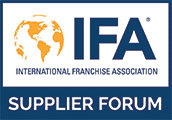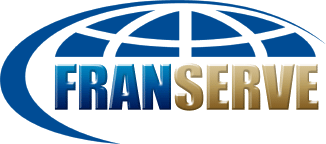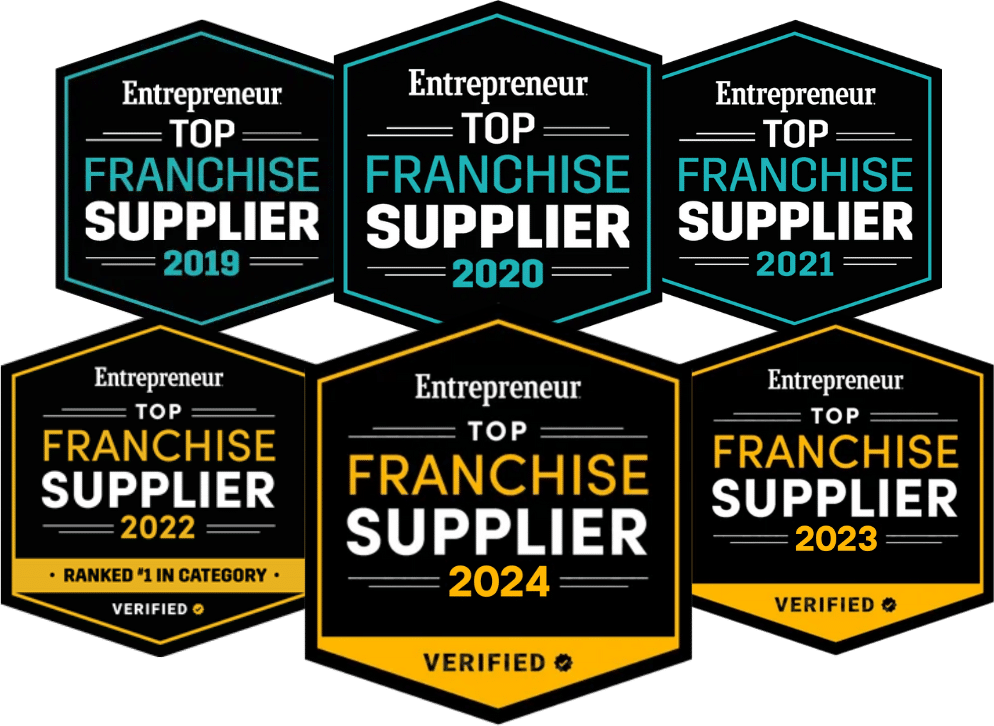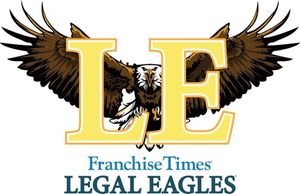Item 7 is a Table of the franchisee’s estimated initial investment. The Table lists the expenses that a franchisee is expected to incur prior to opening the franchised outlet and for the initial first months of operation. You must provide an estimate of each expense and explain the factors you relied on in calculating the amounts. These factors could be your own experience in opening corporate outlets, your franchisees’ experience, or estimates received from industry professionals. Franchisors often want to show the lowest amounts possible in Item 7, but this tendency works against them. If franchisees are consistently spending way more than the estimated range in Item 7, they may not have sufficient capital to open their business strong, and in extreme cases, may have a claim against you for misrepresentation.
Franchisors win when they have long-term successful units. Just because you started your business on a shoestring budget doesn’t mean the franchisee should. Franchisees want success in the shortest time frame possible with the least risk. That is why they buy a franchise. If you know that spending $10,000 in grand opening advertising is the way to jump-start the business, then put that in your FDD. If a $30,000 piece of equipment is necessary, put it in your Item 7 without apology. The franchisee who chooses a system based on the low end of an Item 7 investment range is the least likely to be successful.
The old saying that “it takes money to make money”, is another reason why franchise units outperform unbranded startups. Through experience, trial and error, and by measuring results year after year, you as a franchisor should know, or at least be in the best position to estimate, what it costs to launch a unit properly. That doesn’t mean you still don’t look for the most effective solution; it just means that you disclose to your prospects what you think it will take for them to win.
Buying a franchise is an investment. If you approach the process as if you are in a bidding war, so will your prospects. Going into business is a huge decision for a franchisee, and a few thousand dollars in either direction is not going to make the difference for the right candidate. In fact, the risk is all in understating what it really takes. The only risk in overstating the low end is losing some candidates that might not have been a good fit in the first place. If you understate the investment, those who move forward may be undercapitalized and fail. Even those that don’t fail may not spend what is necessary to come out of the gate strong, which hurts the average unit economics, validation, and increases the risk of litigation. When it comes to Item 7, keep the low-end up!
Best Practices
- Ranges from low to high costs should be used to help represent the different prices depending on a variety of factors; i.e. location, demographics, etc. Franchisors have the tendencies to low-ball their high ranges, they think it will make them more “attractive” to candidates and sales consultants, but a low high-end range can come off as misleading to new signing franchisees that their individual costs are higher than the high-end range presented in the FDD. Adding in a buffer or cushion amount within the range will protect you and the franchisee from situations like inflation and location dependent cost differences. Franchisees will not be mad if they do not spend the high-end dollar amount.
- Learn more by reading:
- “Getting Item 7 Right: Keep the Low End Up!” by Tom Spadea, featured in Franchise Dictionary Magazine.
- “Go Big or Go Home” by Tom Spadea, featured in Franchise Dictionary Magazine
Sample Item 7
ITEM 7: YOUR ESTIMATED INITIAL INVESTMENT
| Type of expenditure | Amount | Method of payment | When due | To whom payment is to be made |
|---|---|---|---|---|
| Initial franchise fee | $15,000 (note 1) | Lump sum | At signing of franchise agreement | Belmont Mufflers, Inc. |
| Travel and living expenses while training | $2,500 to $5,000 | As incurred | During training | Airlines, hotels, and restaurants |
| Real estate and improvements | (Note 2) | (Note 2) | (Note 2) | (Note 2) |
| Equipment | $40,000 (note 3) | Lump sum | Prior to opening | Belmont or vendors |
| Signs | $2,200 | Lump sum | Prior to opening | Abbey Sign Company |
| Miscellaneous opening costs | $8,000 (note 4) | As incurred | As incurred | Suppliers, utilities, etc. |
| Opening inventory | $8,800 (note 5) | Lump sum | Prior to opening | Belmont or vendors |
| Advertising fee – 3 months | $500 | As incurred (% of gross sales) | Monthly | Belmont |
| Additional funds – 3 months (note 6) | $23,000 to $45,000 | As incurred | As incurred | Employees, suppliers, utilities |
| TOTAL (note 7) | $100,000 to $124,500 (note 8) (Does not include real estate costs) |
Notes:
(1) See Item 5 for the conditions when this fee is partly refundable. W e do not finance any fee.
(2) If you do not own adequate shop space, you must lease the land and building from us. Typical locations are light industrial and commercial areas. The typical Belmont Mufflers Shop has 8,000 square feet. Former three-or-four-bay gasoline service stations have been converted into a Belmont Mufflers Shop. Rent is estimated to be between $52,000 – $120,000 per year depending on factors such as size, condition, and location of the leased premises.
(3) This payment is fully refundable before equipment installation. After installation, we deduct $3,000 installation costs from your refund.
(4) This includes security deposits, utility costs, and incorporation fees.
(5) This payment is fully refundable before we deliver your inventory. After delivery, we will deduct a 10% restocking fee from your refund.
(6) This estimates your start-up expenses. These expenses include payroll costs. These figures are estimates and we cannot guarantee that you will not have additional expenses starting the business. Your costs will depend on factors such as: how much you follow our methods and procedures; your management skill, experience and business acumen; local economic conditions; the local market for our product; the prevailing wage rate; competition; and the sales level reached during the initial period.
(7) Except as indicated, we do not offer direct or indirect financing to franchisees for any items.
(8) We have relied on our 24-years of experience in the muffler business to compile these estimates. You should review these figures carefully with a business advisor before making any decision to purchase the franchise.
This is a sample section from a fictional FDD for Belmont Muffler Shops that was prepared by the Federal Trade Commission as a compliance guide for franchisors preparing their FDD. These are used to provide an idea of what these items may look like in an FDD, but keep in mind, your FDD will most likely vary significantly from these examples.







